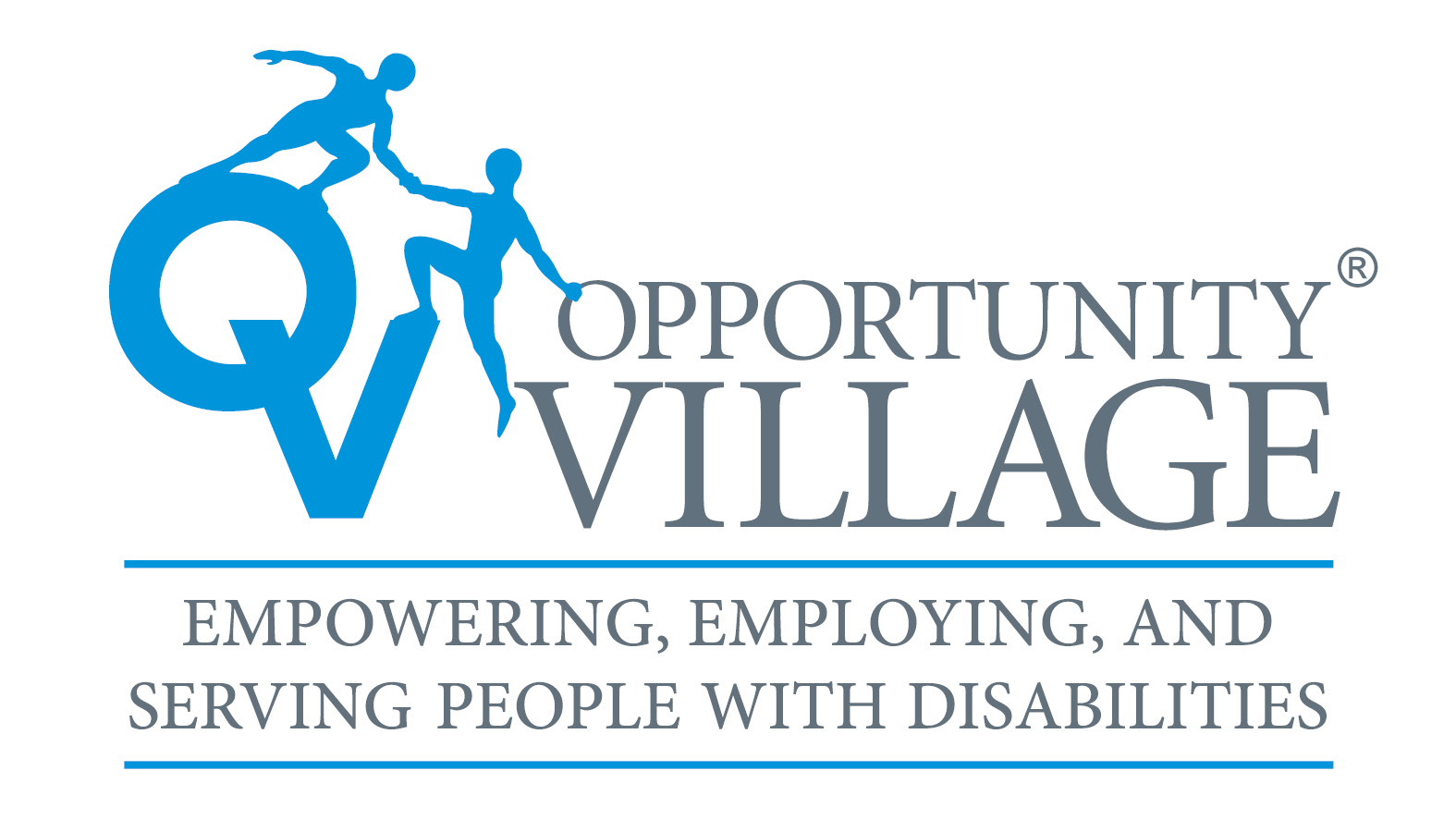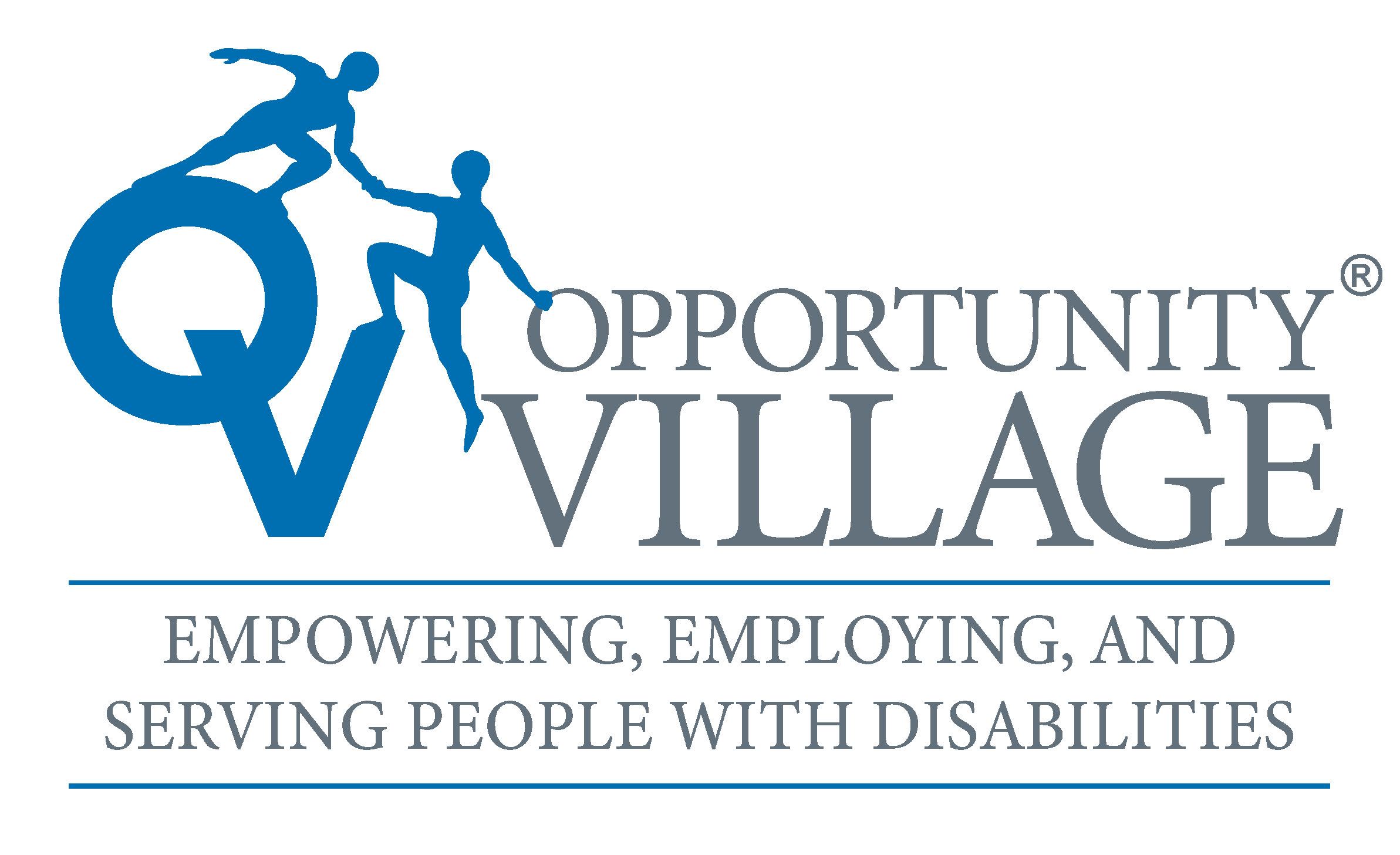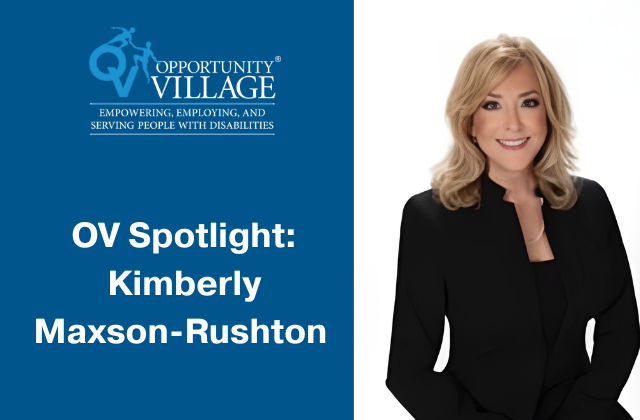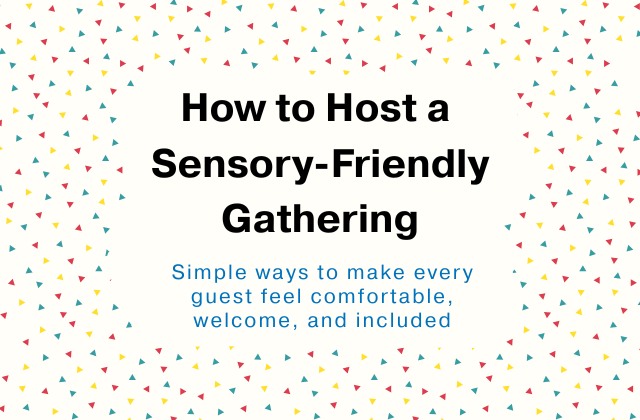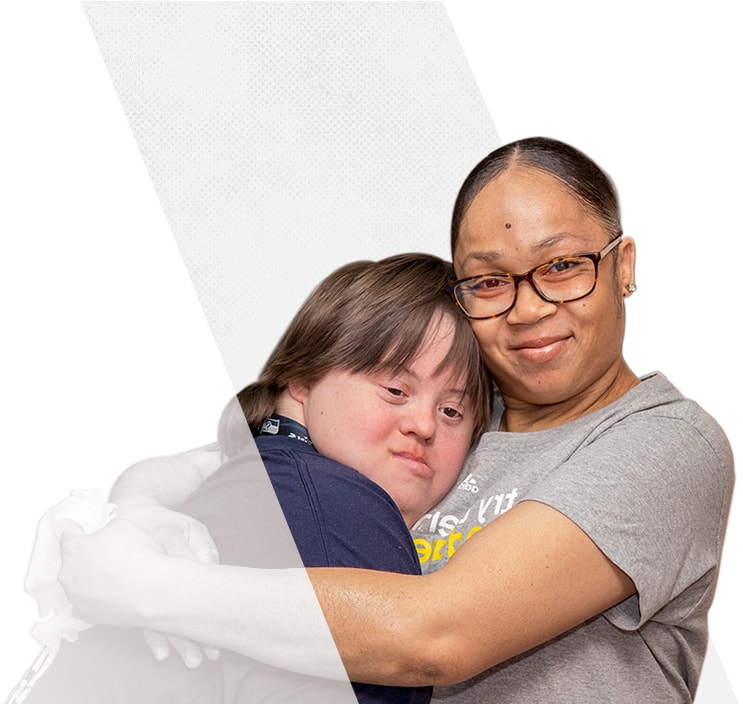
Whether welcoming an adult loved one into your home long-term or preparing for changing care needs as they age, your living space can nurture independence, belonging and dignity through inclusive design.
We’re here to help — this guide will take you through five major considerations to get you started.
1. Understand Their Individual Needs
Assess strengths and challenges with their support team
Comprehensive assessments will thoroughly describe your loved one’s abilities, needs and any functional, medical, emotional or behavioral health considerations. Occupational therapists can evaluate mobility, self-care and daily living skills while doctors screen for medical conditions and nurses review medication administration capabilities.
Understanding areas of strength and ongoing support requirements is key to planning effective home accommodations.
Collaborate on sensory sensitivities that may cause overstimulation
Many people with disabilities experience sensitivities to things like light, sounds, textures or scents that neurotypical people may overlook. Consulting with your loved one and observing their reactions helps identify specific triggers. From there, targeted adjustments can help reduce overstimulation.
You might consider changing light bulbs, adding window treatments or using sound machines or headphones during intense indoor or outdoor noises.
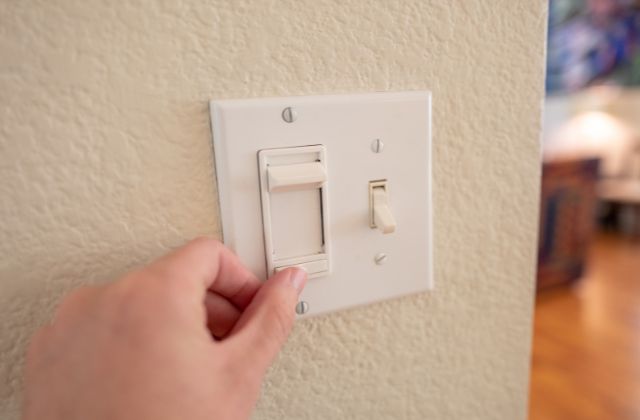
Identify preferred activities, communication styles and self-care abilities
Spend time together in a low-pressure environment to learn even more about your loved one. Although you know them better than anyone, there’s always room to understand more of their interests, how they prefer to learn or convey needs, and their current capabilities.
This insight highlights strengths and aspirations. And with that, you can make the right accommodations to nurture continued growth, responsibility and fulfillment according to their abilities.
2. Cultivate Calm and Domfort
Establish grounding routines with visual schedules and activity boards
You can provide well-structured routines with visual schedules, checklists or daily plans. Display them prominently in your home to help reduce anxiety or confusion. Pictures or words show daily sequences to promote independence.
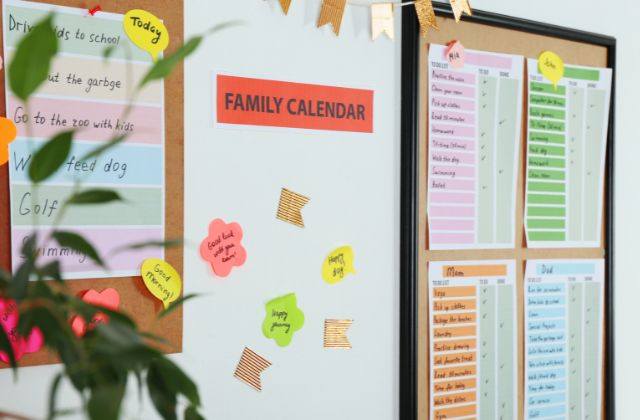
Make targeted adjustments to lighting, noise levels and textures
Your exact adjustments will depend on your loved one’s needs and preferences. Simple changes like switching to soft-white light bulbs, adding blackout curtains to block bright windows, and using sound-masking devices or headphones during loud noises can make areas more soothing. Use rugs and soft surfaces to reduce sensory overstimulation.
Consider assistive technology, therapy pets or service animals
For some people, devices that aid in communication, organization or safety as well as empathy and regulation animals may support functioning and wellness.
Assistive technology could include communication boards or apps, reminder alerts on phones, fall detection monitors and more based on the person’s needs and preferences.
Therapy animals require vet care, hygiene and training but can provide invaluable calming through touch and bonding. Service animals perform tasks to mitigate specific disabilities related to mobility, hearing and psychiatric conditions. They have legal protections for public access.
Balance indoor and outdoor recreation according to interests
Where possible, try to provide recreation areas both within the home and outdoors to allow for flexible activities — both solitary activities and socially engaging ones.
You can incorporate stimulating movement opportunities indoors through exercise equipment, music and interactive toys. Outside, try gardening, sports equipment and nature areas.
Community involvement in hobbies and sports leagues also facilitates contribution and relationship-building. This nuanced approach based on personality promotes health, happiness and purpose.
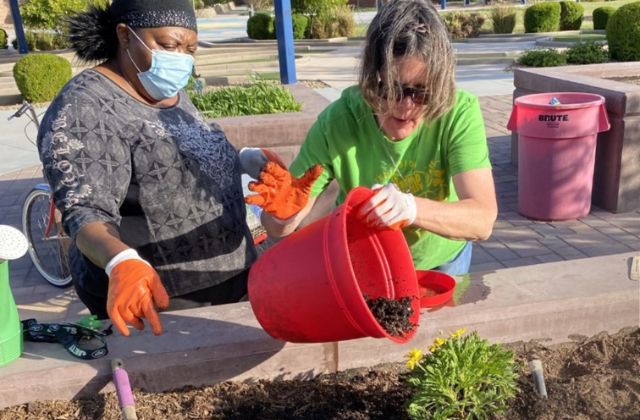
3. Enable Access and Mobility
Adapting with ramps, grab bars and lever handles to welcome wheelchairs
Accessibility modifications like ramps at entryways, sturdy grab bars in bathrooms, and lever handles on doors allow full participation for people who use mobility devices. Consult an occupational therapist to ensure your adaptations meet functional needs and safety compliance.
Research funding through Nevada’s Aging and Disability Services Division
You may not need to do this alone. The state of Nevada offers resources through the Aging and Disability Services Division to fund home modifications promoting independent living. Contact the agency to learn about waiver programs, Medicaid eligibility or applicable grants to help cover renovation costs.
Partner with an occupational therapist for personalized solutions
Occupational therapists can assess how your loved one’s physical challenges may impact their daily living activities. Their recommendations target precise adjustments — from entry ramps and stair lifts to accessible kitchen layouts and bathing configurations.
4. Establish Community Links
Connect to vocational programs and adult day services
Explore your options through your local Center for Independent Living or our own day habilitation programs at Opportunity Village. Getting involved with quality services supports social engagement, skill-building and future planning needs.
Address medical, therapeutic, safety and contingency planning needs
Develop collaborative relationships with doctors, counselors, durable medical equipment suppliers and emergency responders to establish a safety net of support. You can call on this support network for any health challenges or crisis situations that may occur.
Facilitate future housing transitions with personal choice and dignity
Person-centered design or planning aims to preserve freedom of choice in living arrangements, respecting the individual’s values and rights to live where and with whom they prefer — even as independence or care demands shift over time. Advance care directives clarify healthcare wishes.
Here are some quick tips to help you facilitate future housing transitions with personal choice and dignity.
- Contact your local Aging and Disability Resource Center and ask about person-centered planning meetings. These help document an individual’s priorities, preferences and long-term vision.
- During planning meetings, discuss the person’s current needs, future goals, and what type of living situation they desire as independence levels change.
- You can create an advance care directive to officially state healthcare, residential and financial wishes to follow if the person is unable to decide for themselves in the future. Lawyers can assist.
- Research the range of housing options available from your loved one’s preferred region — from personal apartments to group homes to skilled nursing facilities. Visit potential options.
- Connect with local residential agencies, residential placement coordinators, or Nevada Centers for Independent Living for guidance.
- Periodically revisit the person-centered plan and update it as needs and wishes change.
The key is thorough planning, documenting preferences, exploring all options, and maintaining open connections for guidance through future changes and moves.
5. Foster Life Skills and Contribution
Set up accessible kitchens and medication organization
Well-designed spaces promote independent meal prep through modifications like lower countertops, lever handles on appliances, and picture icon systems reminding multi-step tasks. Adaptations also allow dignity in self-administering needed medications on a schedule.
Provide education and reinforcement of daily responsibilities
Real-world learning opportunities combined with gentle teaching of responsibilities like chores, hygiene, managing finances and scheduling doctors’ visits cultivates maturity and contribution according to developmental abilities.
Respect individuals as whole people beyond any disability
Focus on your loved one’s interests, talents, relationships and spiritual fulfillment to further recognize their inherent worth and right to participate fully. Disability uniquely impacts experience but does not define identity.
Keeping these five goals in mind, you can create a nurturing, accommodating and enjoyable living space for your loved one. Eventually, you may both like to consider alternatives to living at home with you. So let’s take a quick look at some options.
Alternative Living Accommodations
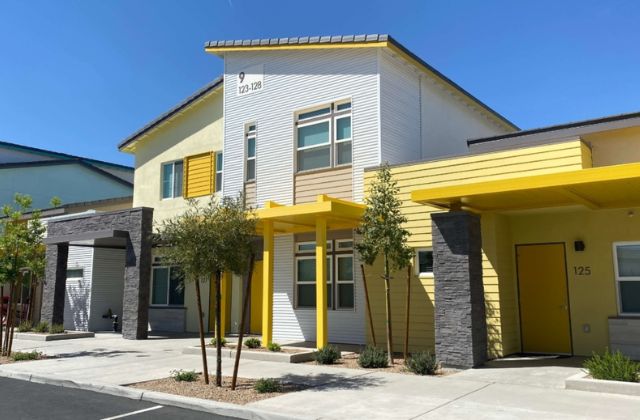
Betty’s Village in Las Vegas, Nevada
Assisted living centers
Many assisted living facilities offer private apartments with varying levels of on-site, needs-based support. Communal dining and activities foster community. Staff provide monitoring and daily living assistance.
Skilled nursing facilities
For those requiring daily nursing care or post-medical procedure rehabilitation, skilled nursing communities provide 24/7 professional healthcare support — including medications, therapies, transportation and personal care.
Group homes
Small, home-like settings within neighborhoods support 2-6 individuals through staff on-site or nearby 24/7. These staff assist with daily living activities, transportation, social engagement and health monitoring.
Independent living in community settings
Apartment-style housing like Opportunity Village’s Betty’s Village in Las Vegas accommodates independent living with on-call assistance as needed. Residents and families choose Betty’s Village to promote self-sufficiency, mobility, safety and community involvement while respecting choice and autonomy.
Betty’s Village has been such a roaring success for our residents that we’re building another campus. Learn more about the Opportunity Village Northwest Community Campus and Residential Projects.
